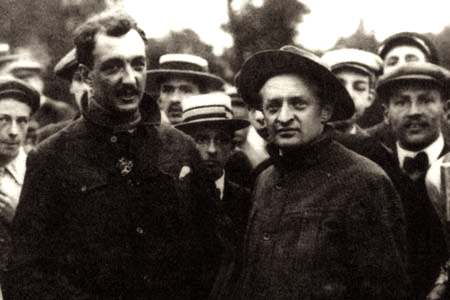
Born in France (Chens sur Léman), the sons of Baroness de Rochefort Luçay, Henri (b. Sep 18, 1879) was a talented painter, studying at the Ecole des Beaux Arts in Paris, Florence, and Geneva. Armand (b. Jan 13, 1883) studied mechanical engineering, and by 1898 the brothers had built their first clip-on engine for a bicycle. A year later they founded HADF (Henri Armand Dufaux Brothers) with Francis and Edward Cuillery Demole, based in Carouge, a suburb of Geneva. The Dufaux brothers, while French, had long family ties with Switzerland, and Geneva specifically, as their grandfather Henri Rochefort took refuge there after escaping exile (as immortalized by Manet) by Napoleon III during the Second Empire of France, for demanding restoration of the free press, and democratic life in general.
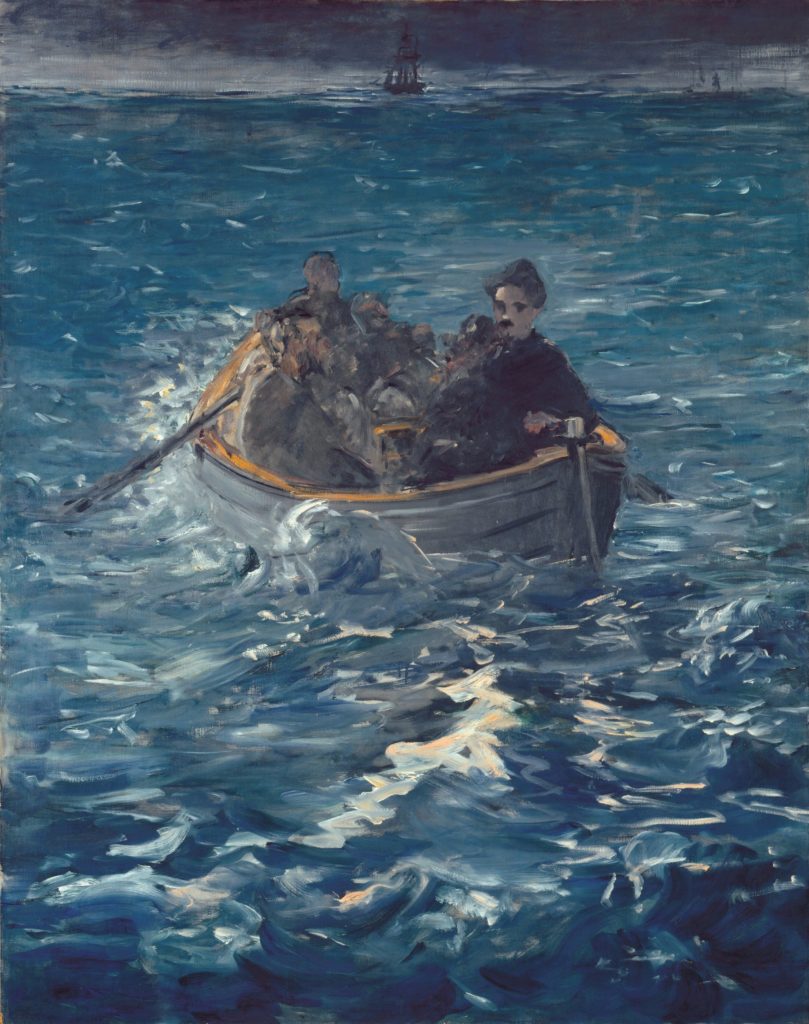
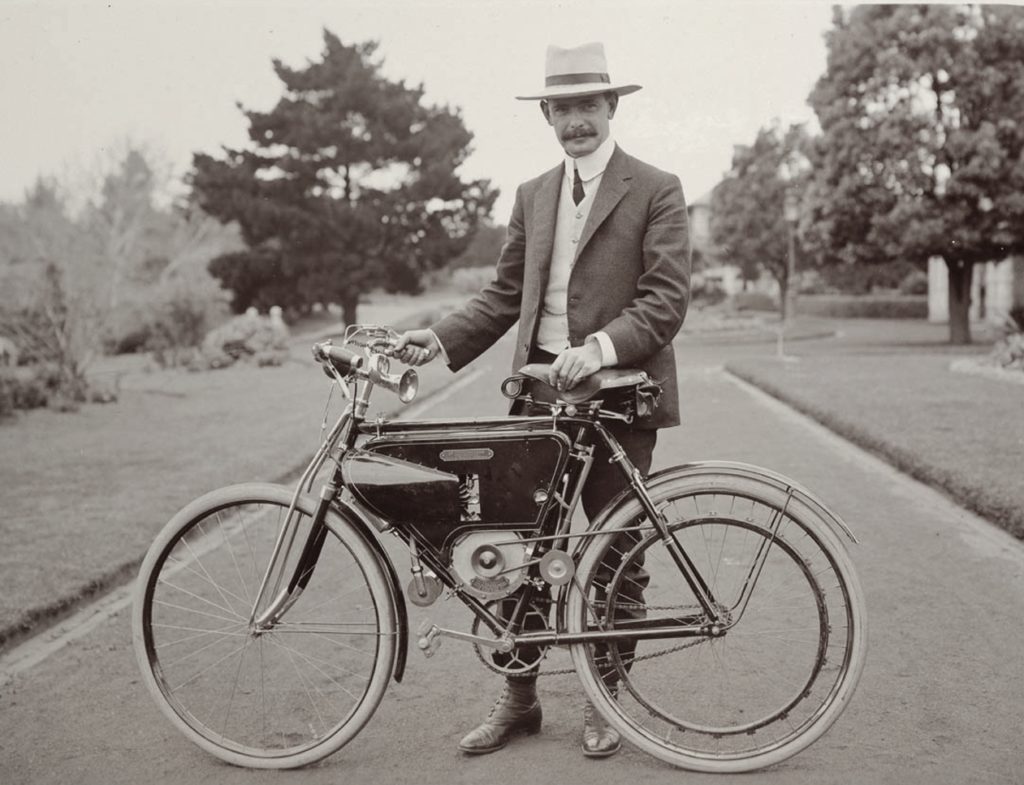
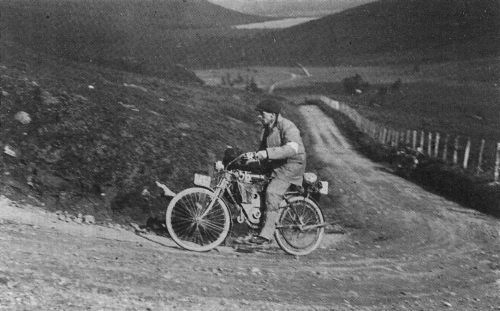
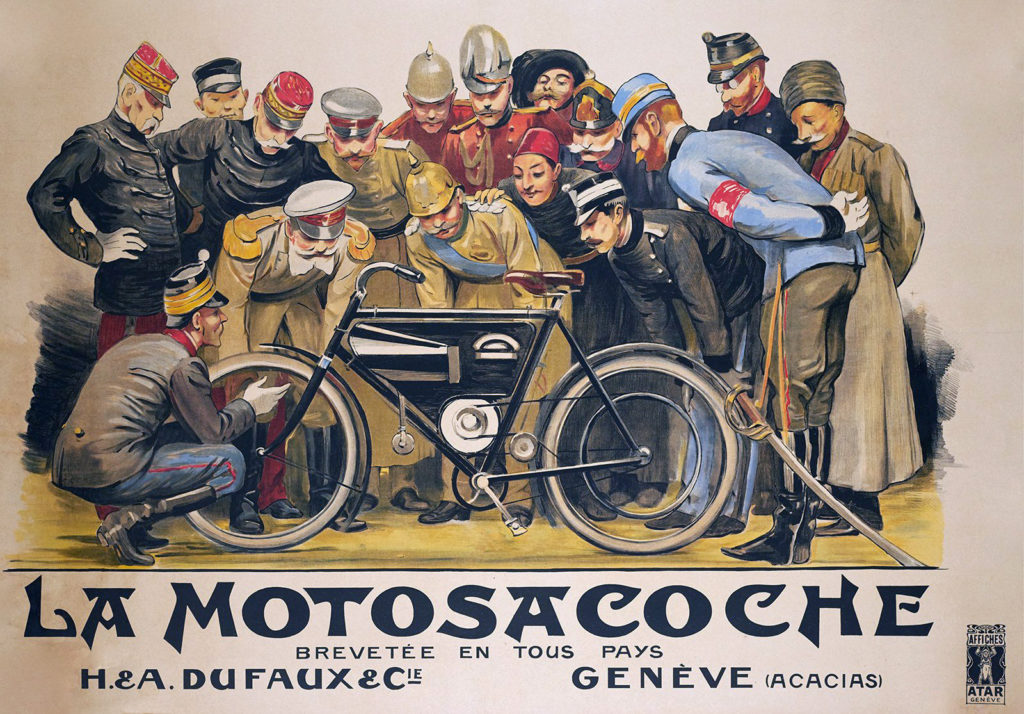
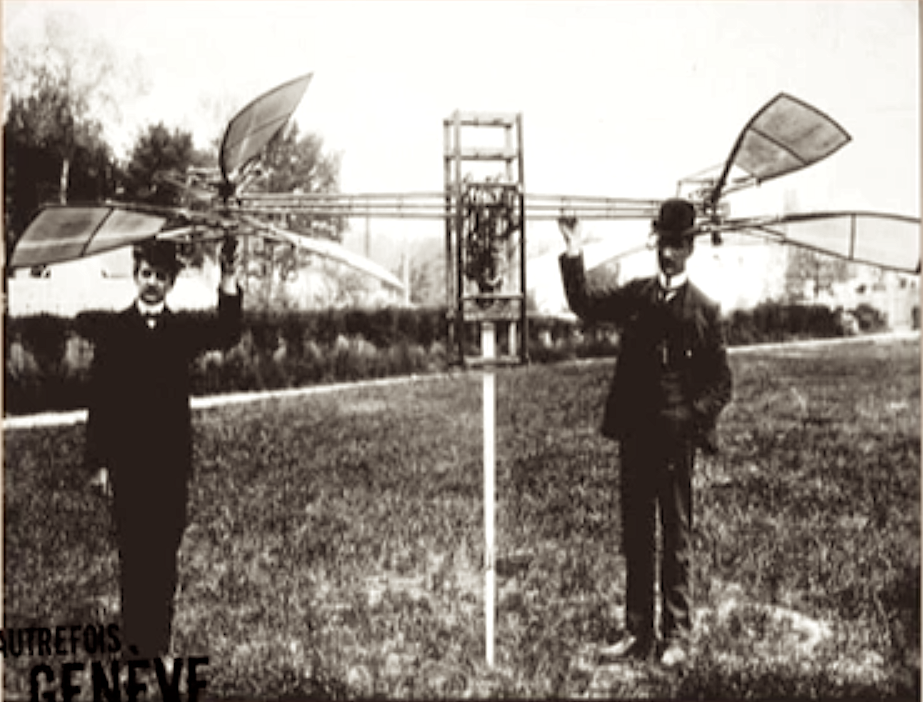
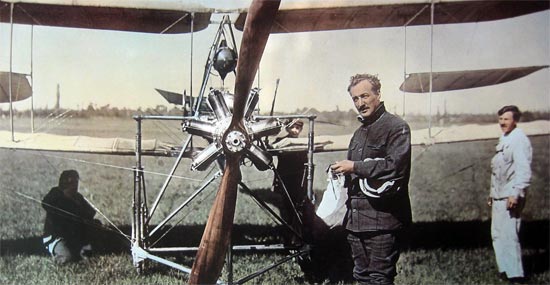
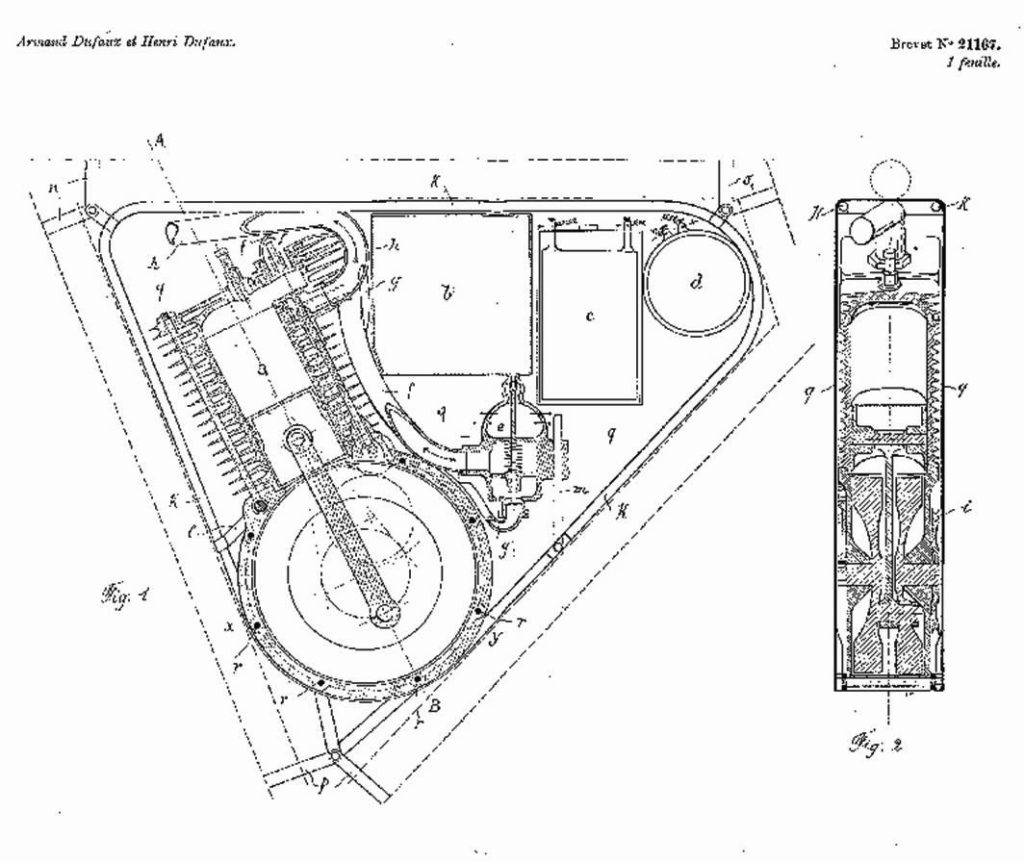
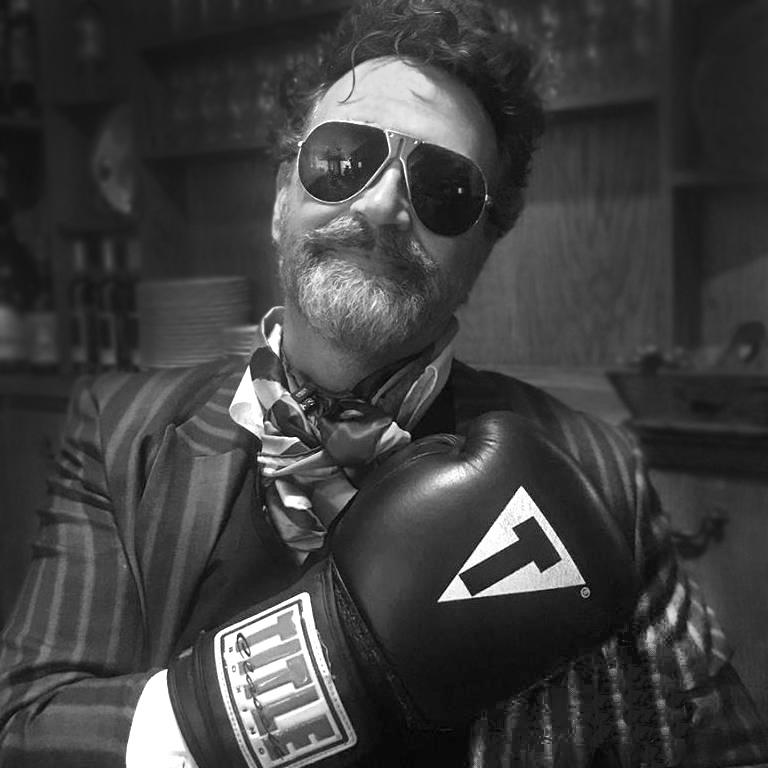
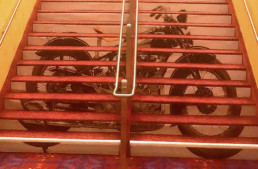
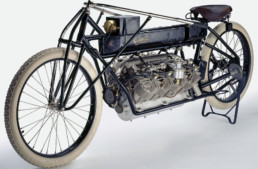
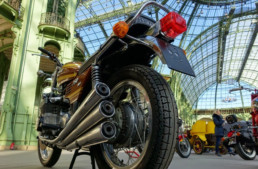
Hi.
I believe I have an early Motosacoche ( engine bag) engine.
It turns over and the valves open and close.
The ports are on the side of the engine.
There is an exhaust valve lifterto act as a clutch.
There is an oil drip per tap along side the spark plug. There are no manifolds or carb.
The engine number is MV-23331.
Can you date this engine
No, I can’t, but I’m sure a European forum can help you.
You have a series 5 engine, made from 1913 to 1914. It should have a Dufeau carburettor and a small gear driven magneto behind the engine. Your engine number indicates an early series 5 and is possibly dated to 1913.